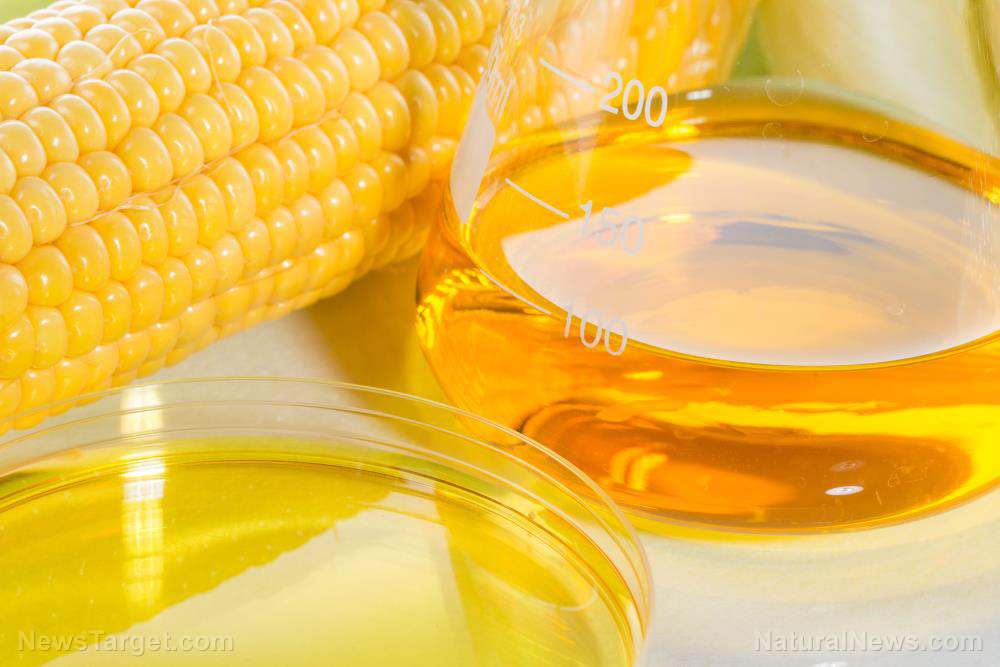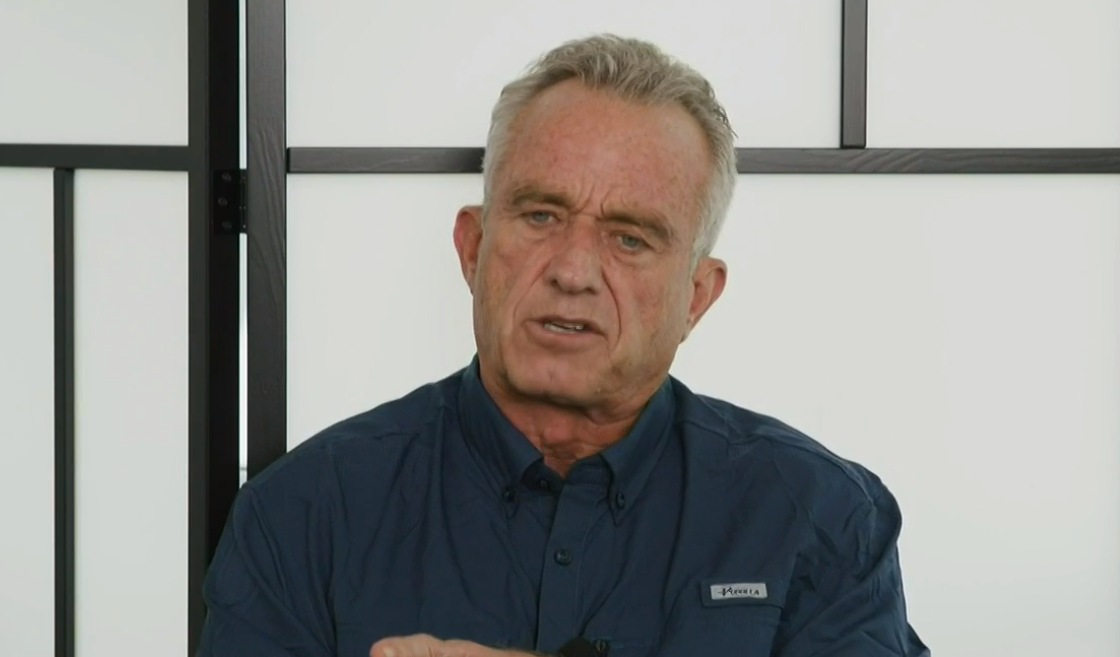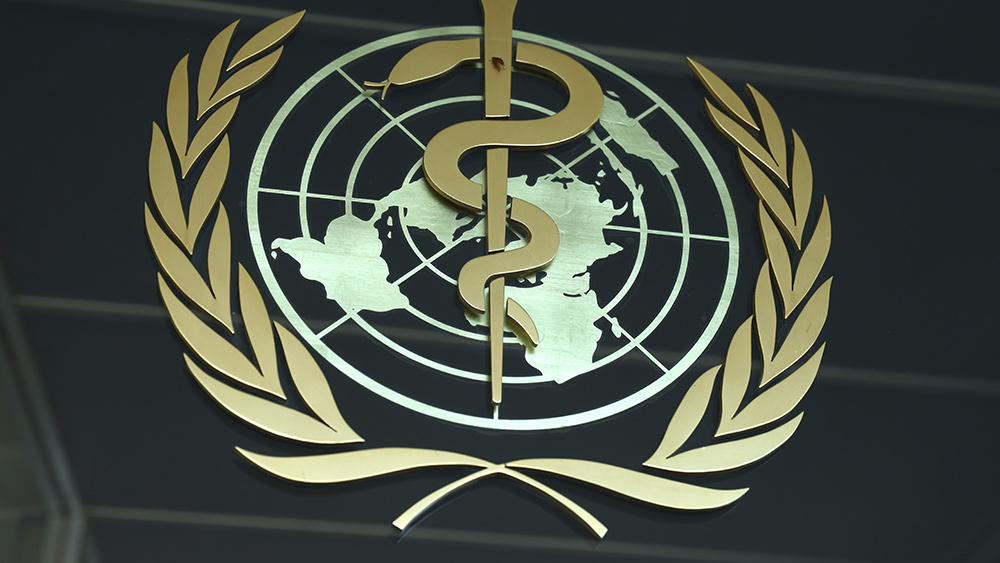
Hypertension is a condition characterized by systolic blood pressure higher than 140 mmHg or diastolic blood pressure higher than 90 mmHg.
Traditionally, doctors warn their patients to limit their sodium intake, which can cause or exacerbate high blood pressure. But a recent study suggests there's another culprit besides sodium that can raise your blood pressure: fructose.
Aside from increasing blood pressure in adults, a high-fructose diet can also raise the likelihood of children developing hypertension as adults.
Why fructose is bad for you
Fructose is a naturally occurring monosaccharide present in fruits, but it can also be produced by your body when the polyol pathway is activated. Fructose is the main ingredient in high fructose corn syrup (HFCS), an artificial sweetener commonly added to packaged foods and beverages. Although fruit sugar is very similar in structure to glucose, fructose affects your body differently.
When you consume fructose, your body processes the sugar for fuel storage. This happens so that the fuel can be used later to provide your body with water and energy. However, this has an adverse effect because fructose makes your body retain sodium, which increases blood pressure.
A diet high in fructose upregulates the activity of sodium transporters, which can trigger an increase in blood pressure. Additionally, it inactivates vasodilators while activating vasoconstrictors and can increase appetite and cause thirst.
When combined with other substances to form HFCS, fructose's harmful effects at high concentrations are amplified.
Dietary habits and cardiovascular risk factors
For the study, researchers analyzed data from participants of the Coronary Artery Risk Development in Young Adults (CARDIA) study.
The study took a closer look at cardiovascular risk factors in Caucasian and African American young adults aged 17 to 35 at the time of enrollment.
The research team gathered both dietary data and blood pressure at the time of enrollment. The dietary information quantified sodium and fructose intakes.
Each participant's blood pressure was taken at several points throughout the study: At seven years, 15 years and 30 years.
Consumption of sodium and fructose had a significant impact on the prediction of higher systolic and diastolic blood pressures during year 30 of the follow-up. The researchers concluded that following a diet high in both sodium and fructose during adolescence could influence systolic and diastolic blood pressure in adulthood.
Another study suggested that consuming fructose during pregnancy could contribute to the development of preeclampsia.
Fructose is vital for fetal development and is naturally produced by the body. Fructose production is increased when a woman is pregnant. But if production does not return to normal or if the woman’s diet also includes fructose and its derivatives, it can lead to preeclampsia, which causes symptoms like hypertension and protein in urine (proteinuria).
To protect your children and ensure that they remain healthy as they age, teach them how to have good eating habits. Pregnant women can also protect themselves by reading product labels and knowing the different names of fructose so they can avoid it.
HFCS is associated with many health problems. It appears as fruit sugar, d-fructofuranose, d-fructose, d-arabino-hexulose or levulose in product labels.
Make sure you avoid sugary food and beverages containing HFCS and eat a lot of organic whole foods instead. (Related: Vitamin C found to improve blood sugar and blood pressure control in people with Type 2 diabetes.)
Many food products, such as junk foods and various beverages, contain this harmful sweetener. Keep your family healthy by avoiding these products:
- Candy
- Cereals
- Coffee creamer
- Flavored oatmeal
- Frozen meals
- Ready-to-drink teas and coffee
- Soda
- Sweetener alternatives
Some products labeled "healthy" may also contain HFCS. Review labels to avoid this sweetener and cut back on processed foods.
Tips for preventing high blood pressure
Teaching young children the importance of good eating habits is key to ensuring their overall wellness as adults.
Follow the tips below to prevent hypertension:
Follow a balanced diet
Whatever your age is, following a low-sodium diet can help improve your blood pressure. According to data, at least 90 percent of Americans consume too much sodium, which can be traced to overconsumption of processed and restaurant foods.
Maintain healthy blood pressure by eating a nutritious diet full of various fruits and vegetables. Reducing your intake of foods rich in fats and sugars and avoiding processed foods can help boost your heart health.
Exercise regularly
Regular physical activity can help reduce your risk of developing hypertension. The more active you are, the better. But even moderate activity, such as 30 minutes of exercise three times a week, can offer health benefits.
Engaging in physical activity regularly helps your heart use oxygen more efficiently. This means it doesn’t need to work as hard to pump blood, which can help lower your blood pressure.
Lose weight/Maintain a healthy weight
Eating well and staying active is key to successful weight management, another significant prevention method for high blood pressure.
If you are overweight, losing a little weight can help reduce the strain on your heart and lower blood pressure.
Don’t smoke/quit smoking
Like drinking alcohol, smoking has many adverse effects. Aside from many health problems, smoking raises blood pressure and increases your risk of heart attack and stroke.
If you need help quitting, consult your physician and ask about programs and resources that may be right for you.
Monitor your blood pressure
Hypertension is often symptomless. Take regular readings to monitor your blood pressure. This will allow you to quickly address any changes if your health takes a turn for the worse.
Visit Heart.news for more tips on how to improve your heart health.
Watch the video below to learn about natural treatments for high blood pressure.
This video is from the Holistic Herbalist channel on Brighteon.com.
More related stories:
Investigating the anti-hypertensive effects of pumpkin seed oil.
Healing herbs: Alternative herbal remedies for hypertension.
Combat hypertension with exercise and a healthy diet: 6 Natural ways to lower blood pressure.
Sources include:
Please contact us for more information.






















